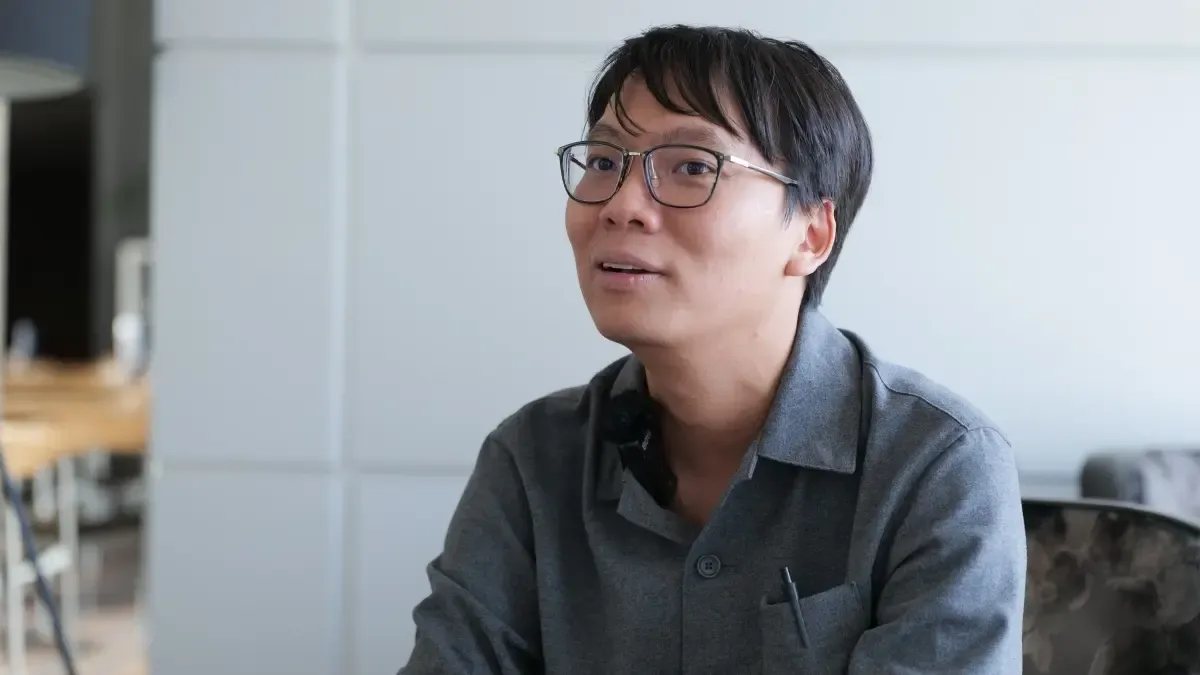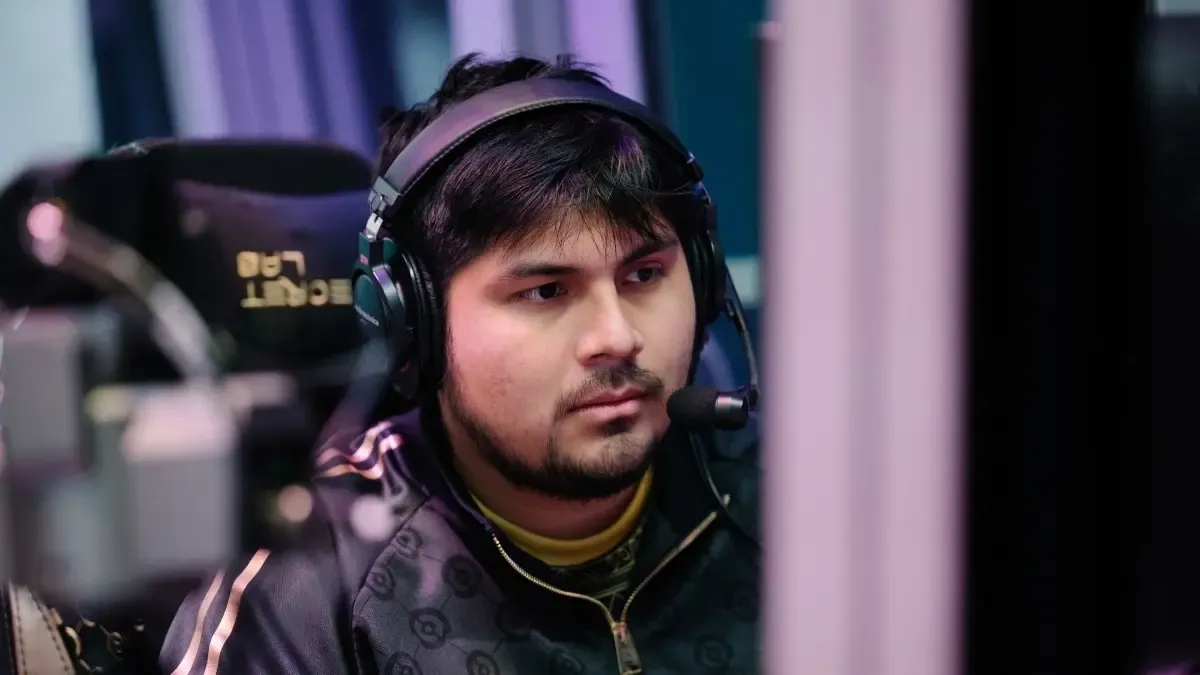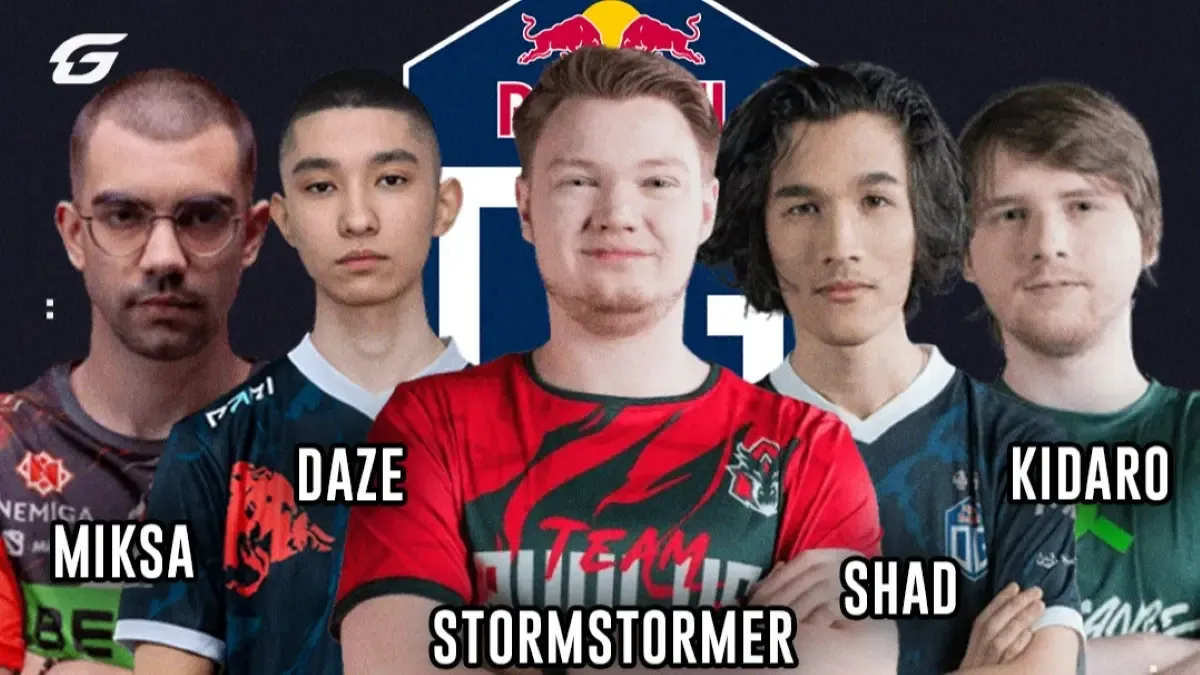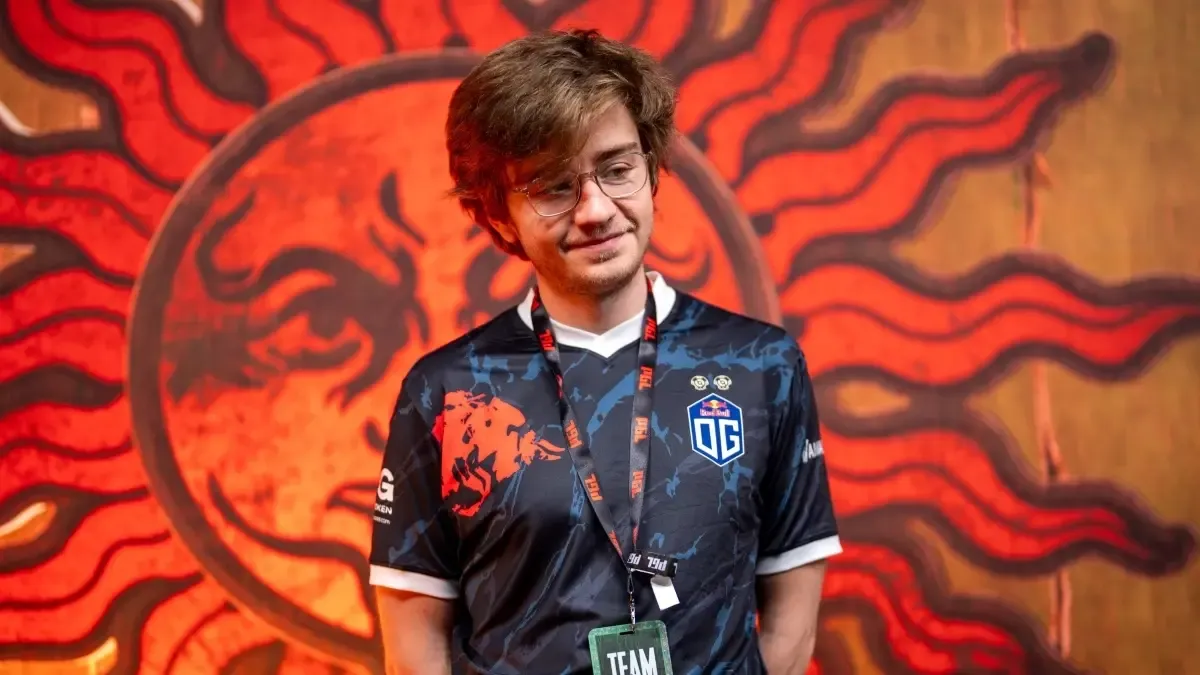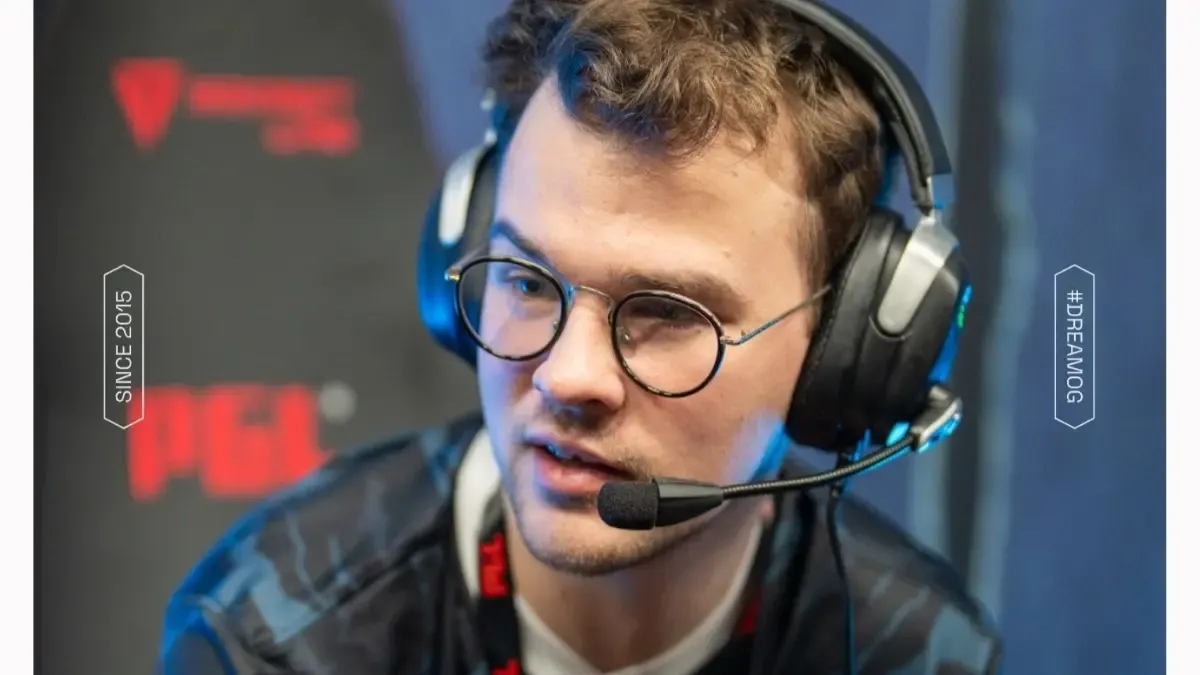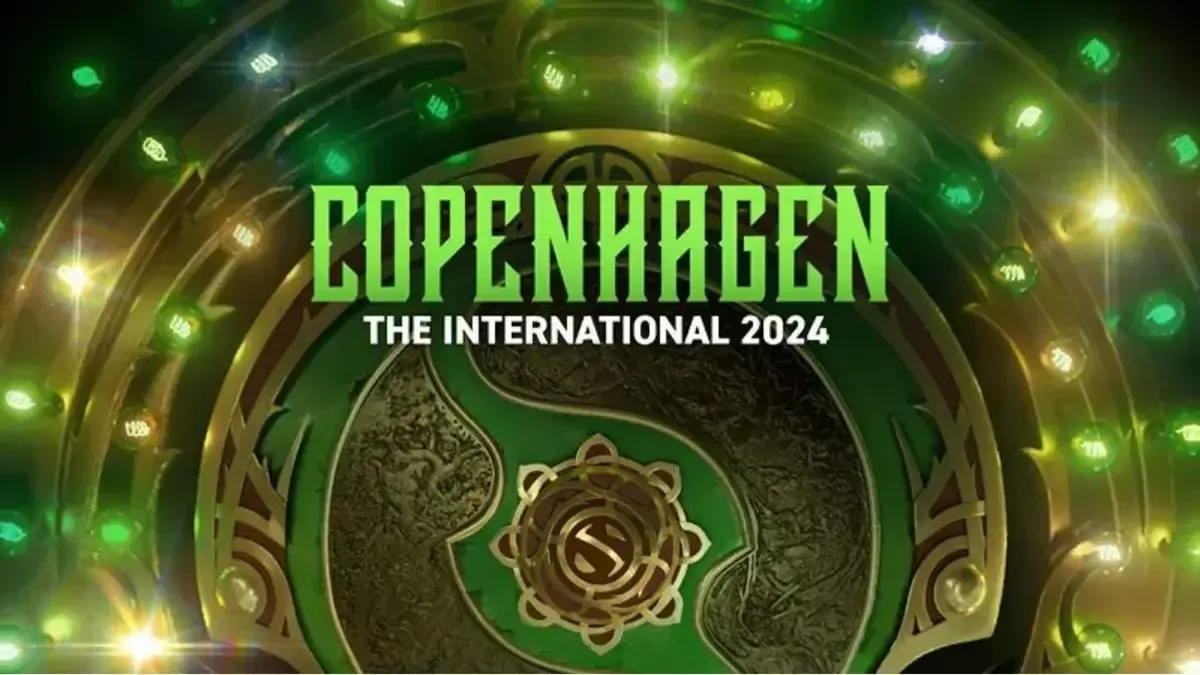Image: GosuGamers
Southeast Asian Dota 2 is not in a good place right now, and it doesn't look like things will get any better soon.
Southeast Asia is one of the two regions in the global Dota 2 esports scene that has yet to claim the Aegis of Champions. Malaysia's Wong “ChuaN” Hock Chuan is the only player from the region to win the world championship, but did so as a member of Chinese team Invictus Gaming all the way back in 2012.
Fast forward 12 years and the Aegis has continued to elude teams from Southeast Asia in The International 2024 (TI 2024). The region's two representatives,  Aurora and
Aurora and  Talon Esports, have already been eliminated in 7th-8th and 13th-16th place, respectively.
Talon Esports, have already been eliminated in 7th-8th and 13th-16th place, respectively.
For Malaysian pro player-turned-analyst Chan "WinteR" Litt Binn, Southeast Asia's prospects of becoming a serious contender for the Aegis of Champions – let alone winning it – any time soon is looking very bleak.
“It's grim, the whole region has been stagnant. Some teams got better, some teams got worse. It doesn't feel like the situation has changed a lot aside from a couple of new faces.”
WinteR sees the two Southeast Asian teams in TI 2024 as a microcosm for the region's fall from relevance. Talon, despite finishing in the bottom four, have plenty of potential with its bevy of rookie players. But whether that potential amounts to something remains to be seen.
“For Talon, it's always nice to have new faces at TI but they need time. They are a very good team, but unfortunately I don't think they are at the level of the other teams yet. But they have a really bright future.”
Aurora is the region's most experienced team and while a Top 8 finish for them is respectable, it's still disappointing to see them fall well short of the Aegis.
“Aurora were good last year but this year it kind of seems like they're stuck. In the beginning of the year they were really good, but in the last couple of months something went wrong.”
And that's where Southeast Asian Dota stands right now, a lot of untapped potential but with very little to show for it. While the situation can certainly get better, it has only been getting worse in the past few years.
The brain drain
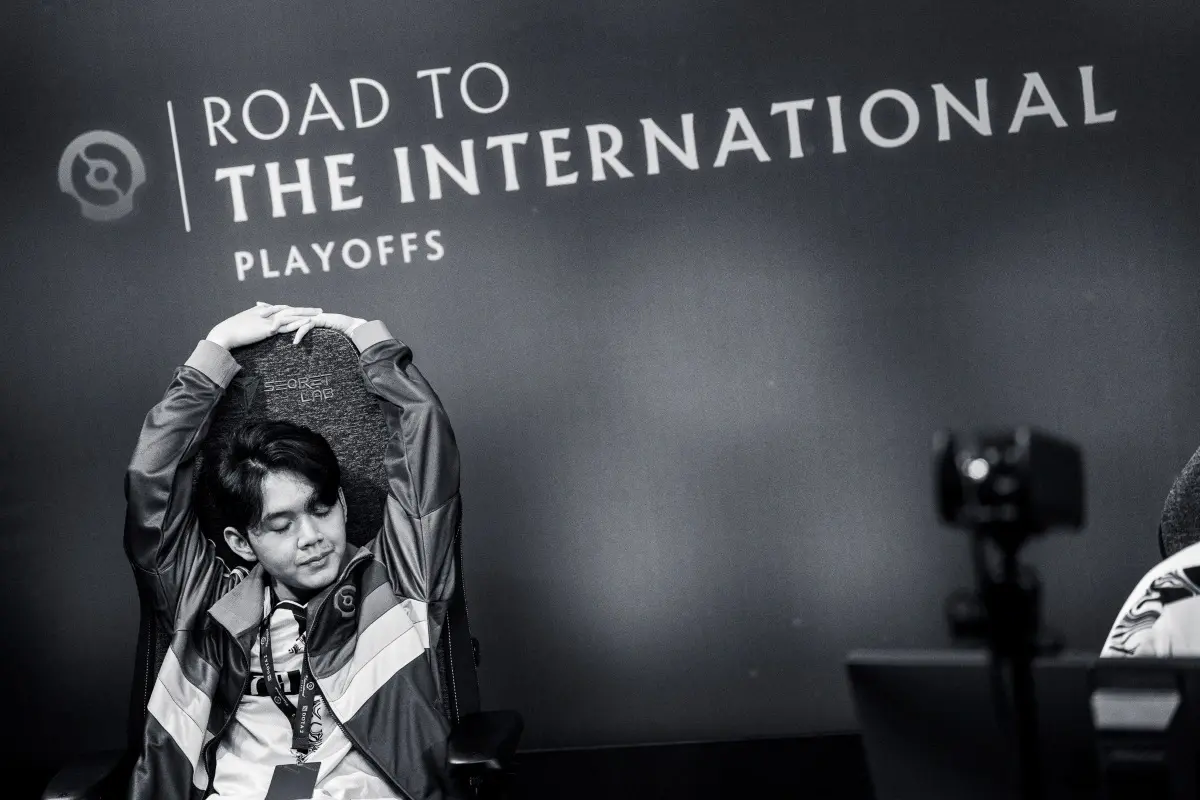
Talon Esports' Mikoto after his team was eliminated in 13th-16th place. (Image: Valve Software)
For Winter, the problems facing the Southeast Asian Dota scene are three-fold and all feed into each other; there's not enough new players climbing the ranks, existing talent continue to leave for other regions, and there are no great captains to lead whoever is left.
These issues are nothing new for Southeast Asia, though they certainly sting that much more now.
The region's only TI champion reached the top step as part of a Chinese team. Its most successful players in recent memory like Cheng “NothingToSay” Jin Xiang and Abed “Abed” Yusop all reached their peaks overseas. Heck, Southeast Asia's only remaining player in TI 2024 is Indonesia's Matthew “Whitemon” Filemon, who is playing for Western Europe's Tundra Esports.
“We have raw skill, but they are always poached by other regions. It's because we don't have many good captains to lead here, so everyone is just leaving, going abroad, and looking for better opportunities. But I can't really blame them, there's a very limited supply of captains here and not enough sponsorships compared to other regions. That's why we are stagnating.”
Another factor that has really complicated the situation for Southeast Asian Dota is that Dota is no longer the top esport title in the region. Due to the COVID-19 pandemic killing PC cafe culture in many Southeast Asian countries and a lower barrier of entry, mobile esport titles like Mobile Legends: Bang Bang have taken over.
“No one is really coming in to play Dota, which is understandable because the other games are more popular and you can't really force it on them. We're in a really bad state now and I don't know if it's going to change.”
Not only that, recent changes within the Dota 2 esports ecosystem haven't helped the scene either. Due to Dota 2 developer Valve Software's decision to end the Dota Pro Circuit (DPC) last year, there just haven't been enough tournaments being hosted in Southeast Asia for teams there to grow.
“I feel like the DPC actually helped us a lot because a lot of the players here, they lack a lot of training with better teams. We're not like the other regions, we don't have that many big tournaments here and we don't have as much support as them. With the DPC not being here this year, it's been really hard for us [to catch up to other regions].”
With all these issues piled up, Southeast Asia has been locked in a cycle of stagnation for years now that just might turn into a downward spiral soon.
As WinteR succinctly puts it, “when there's no new players it's very hard to make new strong teams. We just keep recycling and going back to the same old set of players.”
"When everyone's leaving, it's really hard to assemble a good team. Then when they're in the other regions, they are our opponents and beating us up. But even if they're from here, we can't do anything to get them."
Hope from across the sea
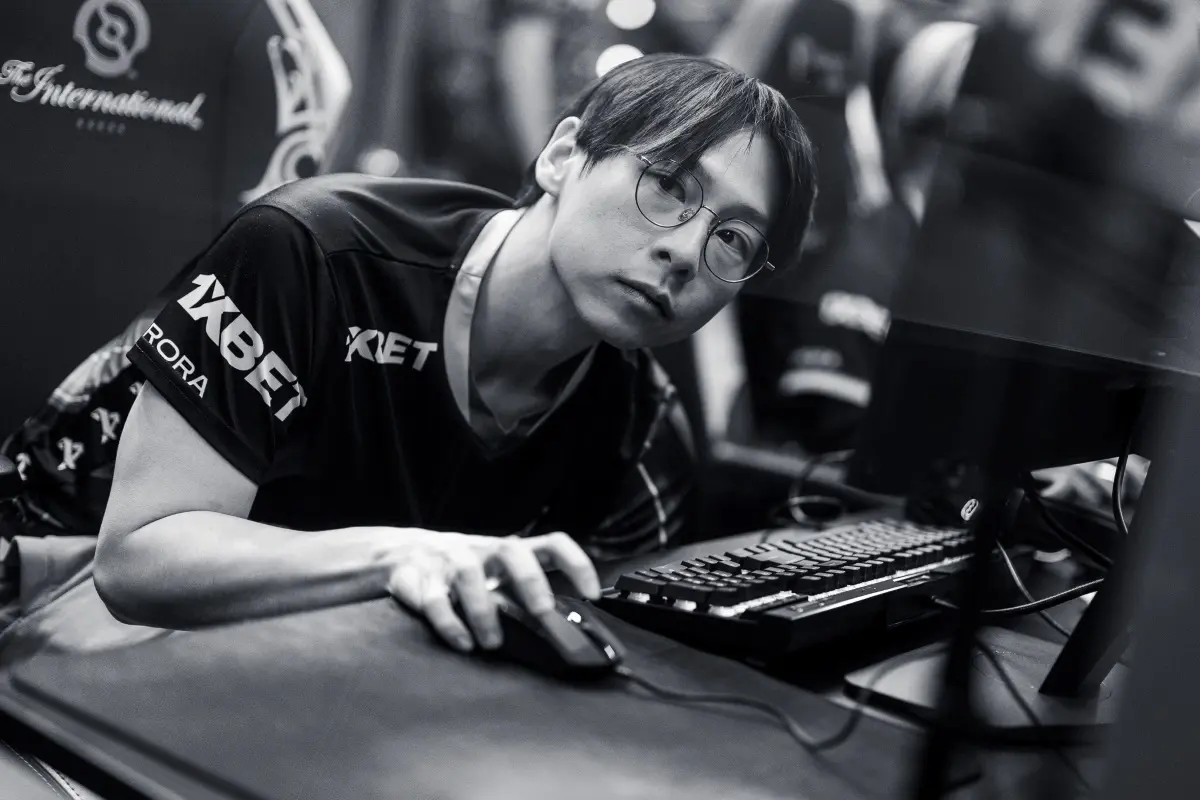
Aurora's Oli after his team was eliminated in 7th-8th place. (Image: Valve Software)
Don't mistake WinteR's observations for pessimism though, as he still thinks there's a clear way forward for Southeast Asia.
If the region has been suffering from talent leaving for other regions, then the way back will be to do the same and recruit foreign talent to bolster the existing foundations.
While there is a clear lack of good captains in Southeast Asia, then just get someone from abroad to hone the raw yet undeniable talent we already have here. Once that foreigner-led Southeast Asian team produces results, talented players who previously left will be enticed to come back.
It's a long shot given that Southeast Asia simply does not offer the same opportunities that the West does, but it has worked before.
Southeast Asia's most memorable moment of the last decade was when North America's Jimmy “Demon” Ho led a squad of young, unproven Filipino players in TNC pull off one of the biggest upsets in the history of TI over OG in TI 2016. That directly led to a resurgence for Southeast Asian Dota in the succeeding years, especially in the Philippines, that was only halted by the COVID-19 pandemic.
If it has been done before, it can be done again. Whether Southeast Asia in its current state of stagnation will indeed end up doing it remains to be seen.
“We need to recruit a captain from abroad, we need to spend some money to bring someone over. Also, we need to try to stop our players from leaving because I feel like a lot of our best players have left. I think in order for us to come up with a great team we need to attract the talent that already left to come back and make a team here.”
TI 2024 is this year's iteration of Dota 2's annual world championship tournament and features 16 of the best teams in the world fighting for their cut of the growing $2.36 million prize pool and the Aegis of Champions.
The event is being hosted from September 4 to 15 in Copenhagen, Denmark and is split into two distinct phases: the Group stage (September 4 to 5) and the Seeding Deciders (September 6 to 7). The first two rounds of the Playoffs (September 8 to 10) are branded as part of The Road to The International, while the remaining portion of the Playoffs for the remaining eight teams (September 13 to 15) are branded as The International itself.
For everything you need to know about TI 2024, check here.

For more match results and updates on the go don't forget to check out our Telegram channel.

